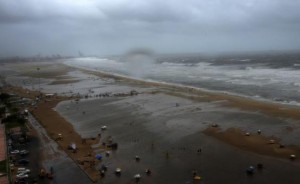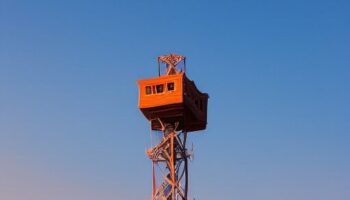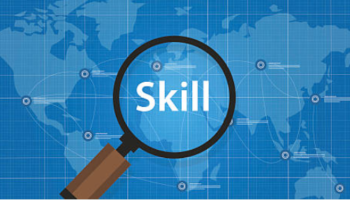 Finally, the high stage dram of Cyclone Nilam hitting India’s 4rd larget metro is over. Chennai is spared this time. And one of the fascinating things I got to read about Nilam is, how Chennai fought to stay over the storm.
Finally, the high stage dram of Cyclone Nilam hitting India’s 4rd larget metro is over. Chennai is spared this time. And one of the fascinating things I got to read about Nilam is, how Chennai fought to stay over the storm.
Cyclones aren’t new to Chennai, but with the advent & proliferation of Internet & mobile phones in the city, the large tragedies could be averted to great extent. During Nilam cyclone in India, another Megapolis NY city, was using the power of Internet to stay alive during the cyclone Sandy. And despite power cuts & widespread collapse of mass transit system, Internet was alive & ticking to its peak.
Another widely known aspect of such natural disasters is the failure of our reliable networks like mobile phones. A recent update by FCC, on cellular network behaviour during Sandy cyclone could be alarming for telcos in India. The stats shows that 25{af589cdba9d77786c8c861317dbad60bba1e2ebbf56e2ffab874a1b59fde9ce3} of US telcos’s cell sites weren’t operational during the storm period.Then are we going rely on mobile phones for communicating during disaster?
As I was reading the full live account on Nilam story here, Chennai Police department was busy in alerting the people (connected to Internet) about the blocked & free roads to navigate during the storm. If anyone of you were reading these Facebook posts during the storm, you would have appreciated such an updated information at your fingertips about the state of city road & traffic, when everything else was virtually non-functional.
Another fascinating aspect of Internet is that it can survive weather emergencies for long, making it probably the most reliable medium to communicate during natural disasters. This brings the topic to how another reliable networks namely mobile network fails during disaster. Cellular towers, as you all know, are operated on state run electricity, with back up of 4-8 hours based on the location of tower. Normally during storm period, where power cuts are regular, cellular towers are run on diesel generators or battery backups. And once these power backup fails, thousands connected to cell tower are disconnected. And if the storm lasts more than couple of days, the situation just gets scary.
On the other hand, network like Internet (Home Wired Phones) is powered centrally. The same is true for our home land-line phones. The data centres, from where these phones & Internet network were powered can host backup for days to make life little easier for people connected to them. And that makes Internet the most powerful medium for communication during such storms. And India, where 85{af589cdba9d77786c8c861317dbad60bba1e2ebbf56e2ffab874a1b59fde9ce3} of Internet subscribers are still using ubiquitous copper DSL lines, what could be the better way than Internet to spread awareness & keep people alert. The more on this topic could be found here.
Telecom regulator in India has to move on for widespread adoption of Voice over Internet services as quickly as possible. At present, due to opposition from cellular lobby, the adoption couldn’t be made possible or exists only in restricted form. In fact, when our mobile phones failed to protect us during storm, these voice phones on Internet helped the life going easy for millions of people by passing messages, calls & chat alerts. Role of Internet, is more than just a medium of communication during disasters. And for millions of people trapped in the storm- it could be life saviour!




